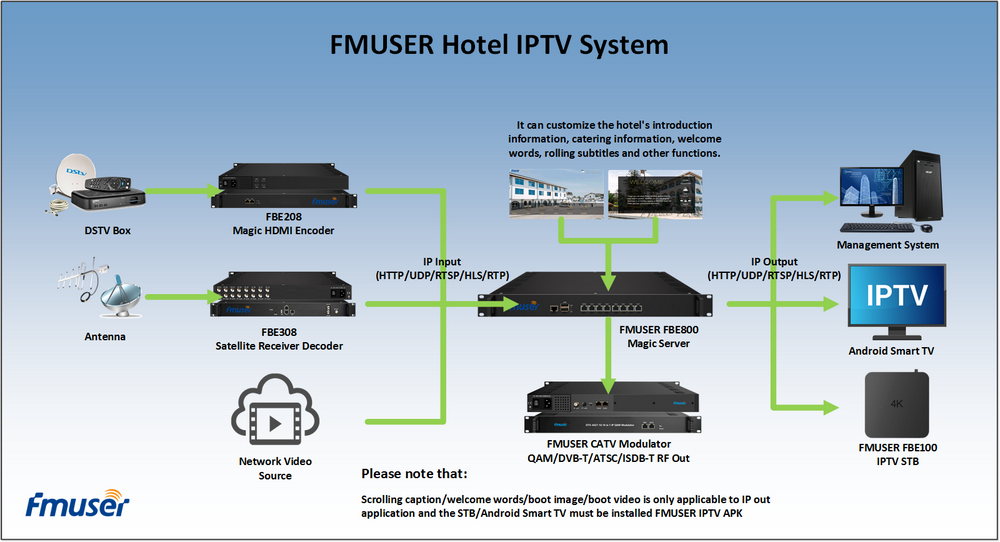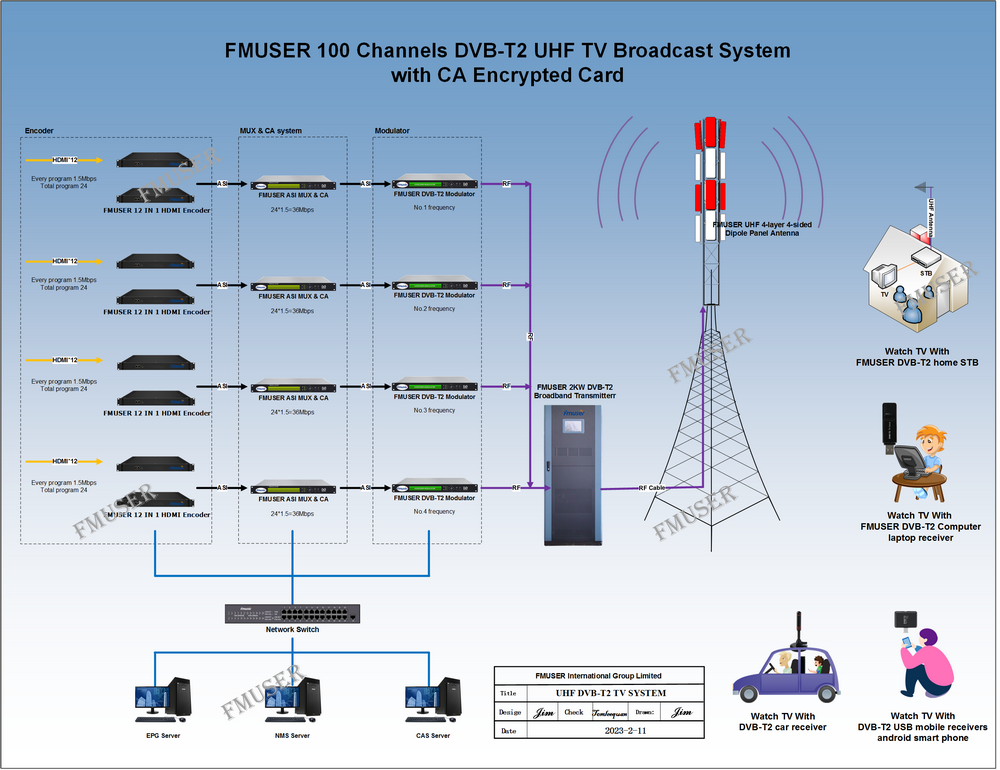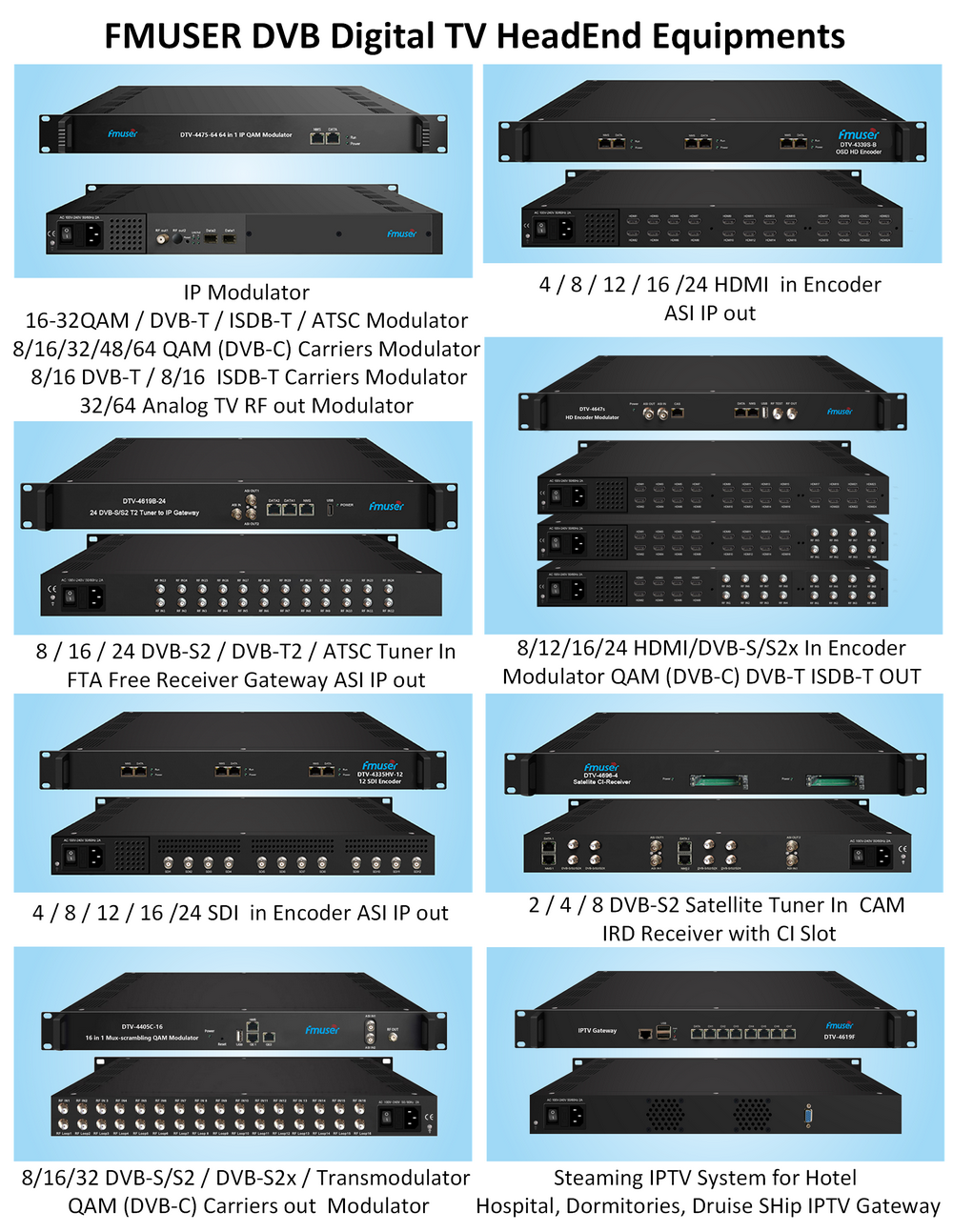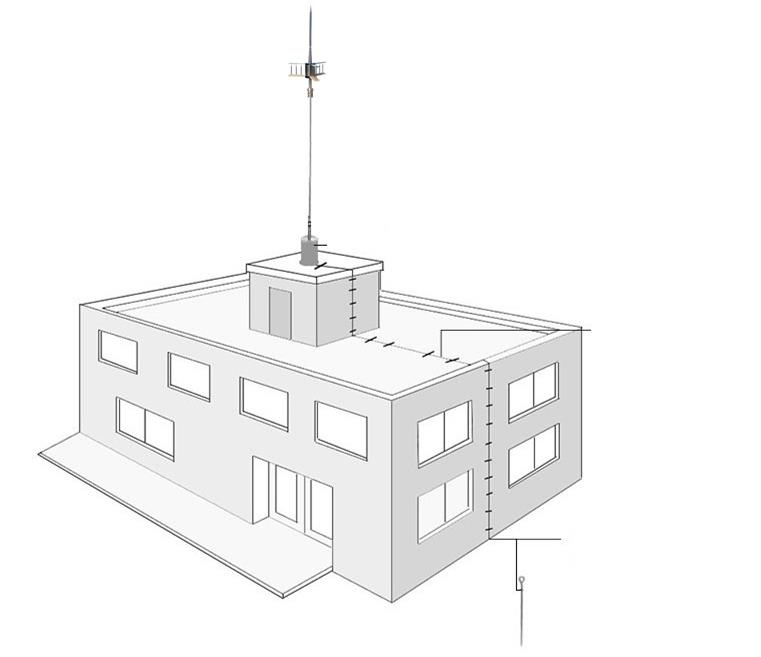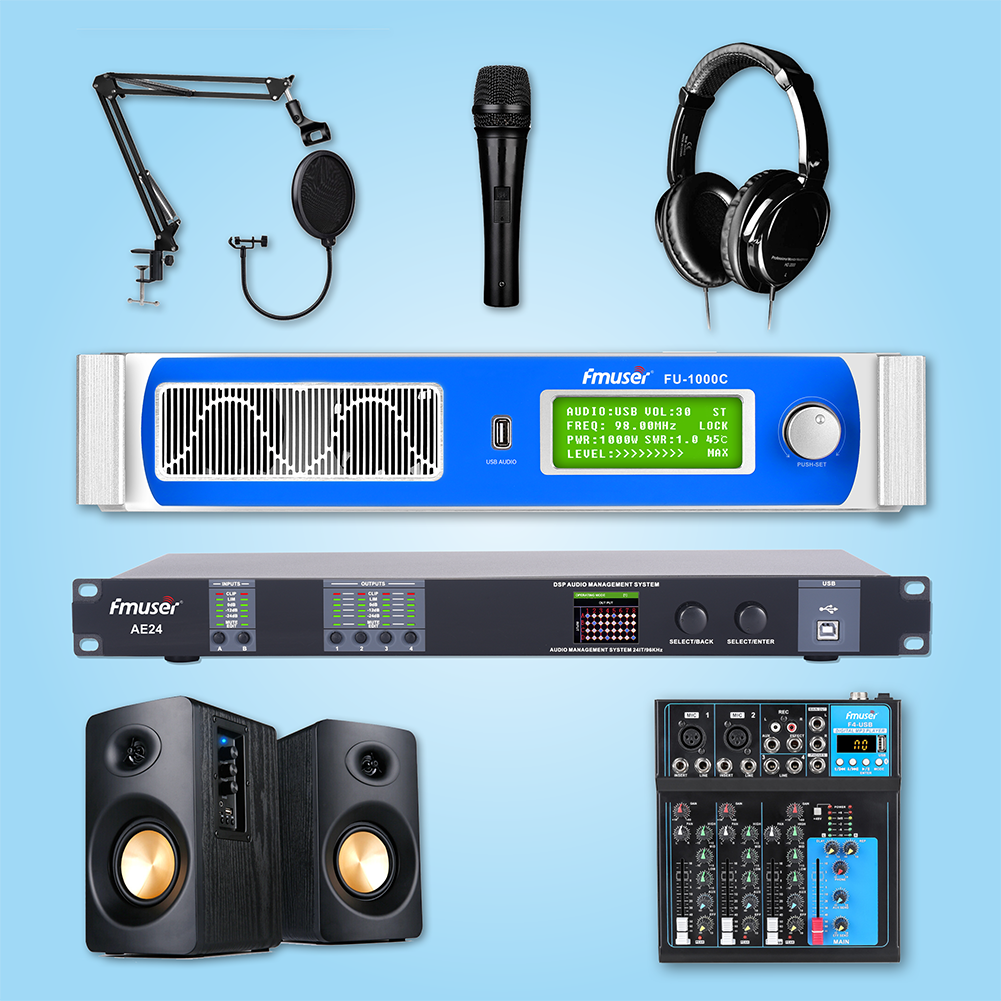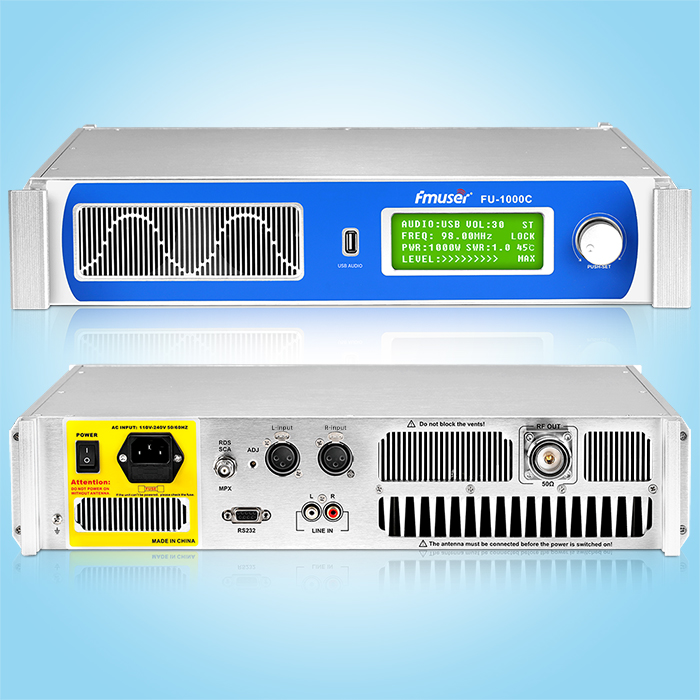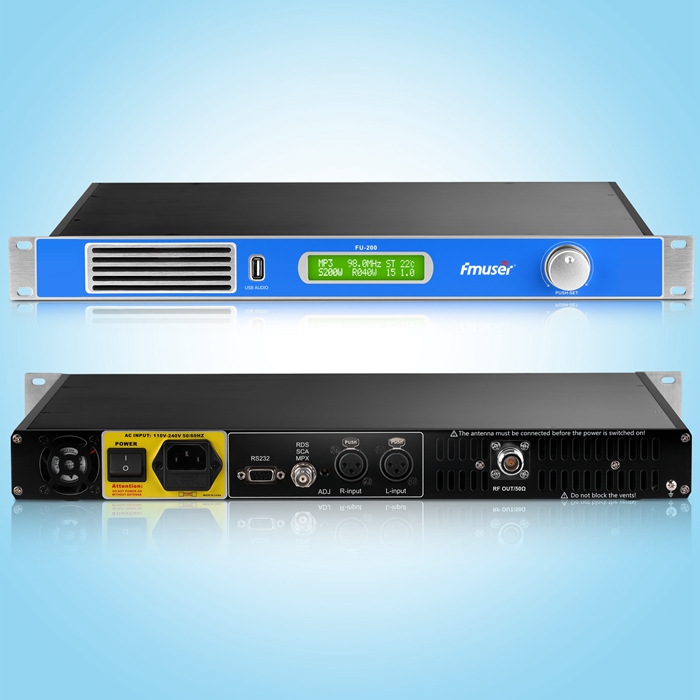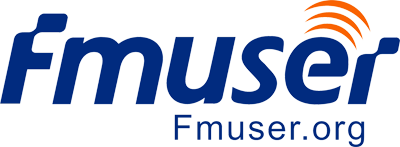In the development and development of the H.324 system, two ways are generally adopted: one is a H.324 system for pure software, namely PC-based systems; another solution is to use programmable video signal processors. To achieve the function of the H.324 system. The latter method has great flexibility and can develop different applications on the same hardware platform. The solution proposed herein is a method of implementing a programmable digital signal processing chip. Such a solution can develop a separate model of visual telephone terminal, and can be applied to communication, monitoring and other fields.
1 H.324 functional elements
H.324 recommends some of the functional elements of the system. H.324 Terminal configuration and its peripheral elements As shown in Figure 1, including terminal I / O devices, modem, gstn network, MCU, and other system operating entities, the implementation of H.324 does not require each functional element. .
H.324 Visual Phone Terminal Framework Recommendations contains the following five aspects:
· H.263 / H.361 video codec
· H.223 channel multiplexing / demultiplex
· H.245 system control
· G.723.1 audio codec
· V.34 modem? MODEM
Be
The multimedia information flow in the H.324 terminal is a number of videos, audio, data, and control flow:
? 1? Video stream is a continuous stream that transmits colorful activity images. During transmission, the bit rate of the video stream should vary depending on the needs of the audio and data channels.
? 2? The audio stream is real-time, but appropriate delays may be properly latency when the receiving end is processed to maintain synchronization of the video stream. In order to reduce the average bit rate of the audio stream, it is possible to use voice activation.
• Data streams can represent still images, faxes, literature, computer files, undefined user files, and other data streams.
? 4? Control flows between the transmission control commands and instructions between the peer. The terminal to the modem control service is recommended from the V.25TER (using an external MODEM connected to a separate physical interface). The control service to the terminal is recommended from H.245.
2 H.324 terminal implementation plan
H.324 is just a framework agreement that implements many ways. Special circuitry can be designed according to H.324 standard. Although this approach has the characteristics of fast processing speed, convenient application, this approach has a large limit. Because a dedicated circuit can only be designed for a particular function, it has a high development cost, not easy to improve function. At present, existing or developing products, generally adopting pure software is a computer-based approach, or is implemented using a programmable digital signal processor, or combining two ways to develop a H.324 system. The system developed by this article is mainly implemented using the W90K series chip, ie, can be implemented using a programmable digital signal processor. Figure 2 is a block diagram of the principle based on the W90210 terminal.
Be
The development plate is divided into video codec modules, audio decoding modules, code stream multiplexing, and system control modules, video display modules, and modem modules. These modules plus video display and sound input playback of peripherals, together with H.324 video-sensitive telephone features.
· Video Code Chip W9960 This chip mainly completes video coding function. The chip is particularly suitable for completing the H.263 / H.261 functionality to complete the encoding of CIF, QCIF, SQCIF. Curing in this chip is a standard H.263 video codec program that works in non-limiting motion vector and PB frame mode. The multiplex control chip on the development board controls the start, stop, and codec mode conversion of the codec. The W9960 has a digital video interface that supports digital camera input. In addition, the chip also has a PCI interface for exchange data with the development plate main CPU and the display module.
· Audio decoding chip CT8020 This chip performs audio codec function. There is a G.723.1 microcode in the chip, which can encode audio raw data (16bit? 8kHz) into G. 723.1 data frames and can be G. 723.1 data frame decoding into audio raw data. Audio decoding module with CT8020 as the core and its peripherals can receive speech input encoding and receive G. 723.1 code stream decoding and playback. The module output stream can work in 6.3kbit, 5.3kbit. The initialization of the module and the operation start stop, and changes in the working mode can be implemented by calling its API function.
• Video Display Module This module is mainly composed of W9971 and its peripherals. The module receives the input digitized image signal to display the local image, or receives the data decoded by the W9960 to display the distal image. The W9971 chip can also manage display mode, such as size, position, hue, contrast, etc.
· Video input module This module is mainly composed of a digital camera or by an analog camera and a Saa7111 chip. The function of the SAA7111 is to convert the input image signal of the simulated camera into a digital image signal, which is input to the video display module for displaying a local image, and the signal is also input to the video codec module, the signal is encoded and transmitted after multiplexing To the distal end.
· Modem module This module is mainly to complete voice input and modulation.
• The multiplex control module This module is the core of the entire terminal, mainly consisting of chip W90210 and its memory. The main function of the module is to complete the initialization of each functional module on the board, receive the code stream output by the audio code decoding module, and the code stream outputted by the video codec module, and the code stream and system control information are reused according to H.223. After the modem modulation is transferred on the GSTN network. This module is more important to control the operation of each functional module on the entire board, and the functionality of the H.229 and H.245 protocols specified in the H.324 system is also implemented in this module.
3 development of terminal software
This terminal is implemented under the embedded real-time operating system SUPERTASK. The relationship between the hardware and the operating system and the development of applications are shown in Figure 3.
Be
Figure 3 shows the software and hardware relationship block diagram of the H.324 terminal in this article. The series of hardware develops hardware platforms is in the underlying system of the system, which is managed by the Supertask real-time operating system. On the basis of the operating system, hardware drive functions, such as audio and video codecs, and drive functions for input / output modules, which can be called when developing application systems. The software in the above terminal is based on these driving functions, and the service of the operating system is used to develop.
H.324 Terminal Application System Software
In the SUPERTASK real-time operating system? Several H.324 terminal systems into several independent tasks? From the whole, each task is connected to a complete system. Figure 4 is a relationship between each task. , Reading the full text, the technology area
"N +" VR / AR / MR Technology International Summit Forum _vr / Ar / MR Ecology Chain
How to take you to understand its true face by chip Apple A10x chip
The new generation of PowerVR GPU compared to the previous generation of GPU
PowerVR 2NX NNA achieves the highest efficiency solution
Trusted Environment (TEE) seminar _provide security for digital services and equipment
Our other product:


